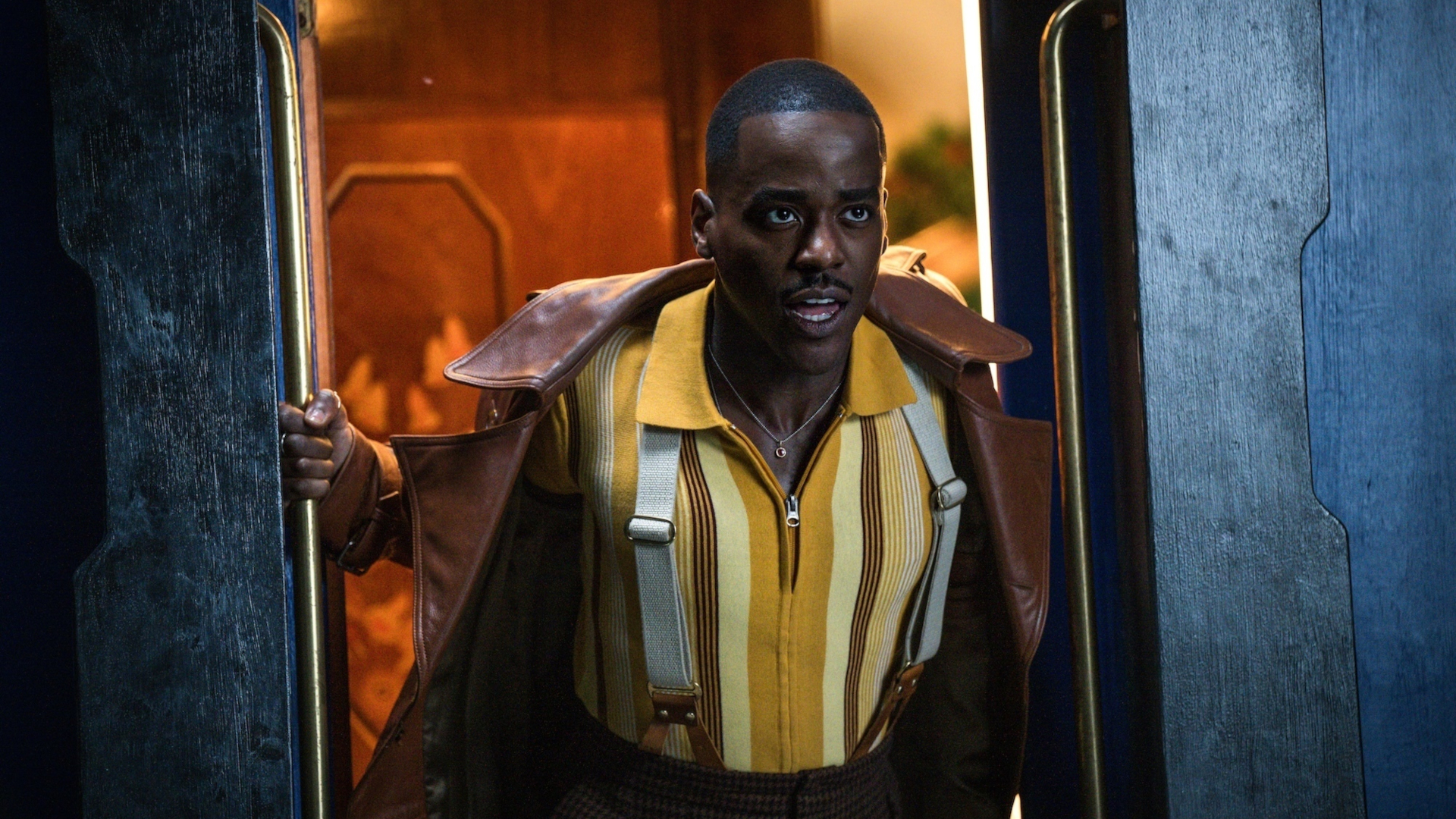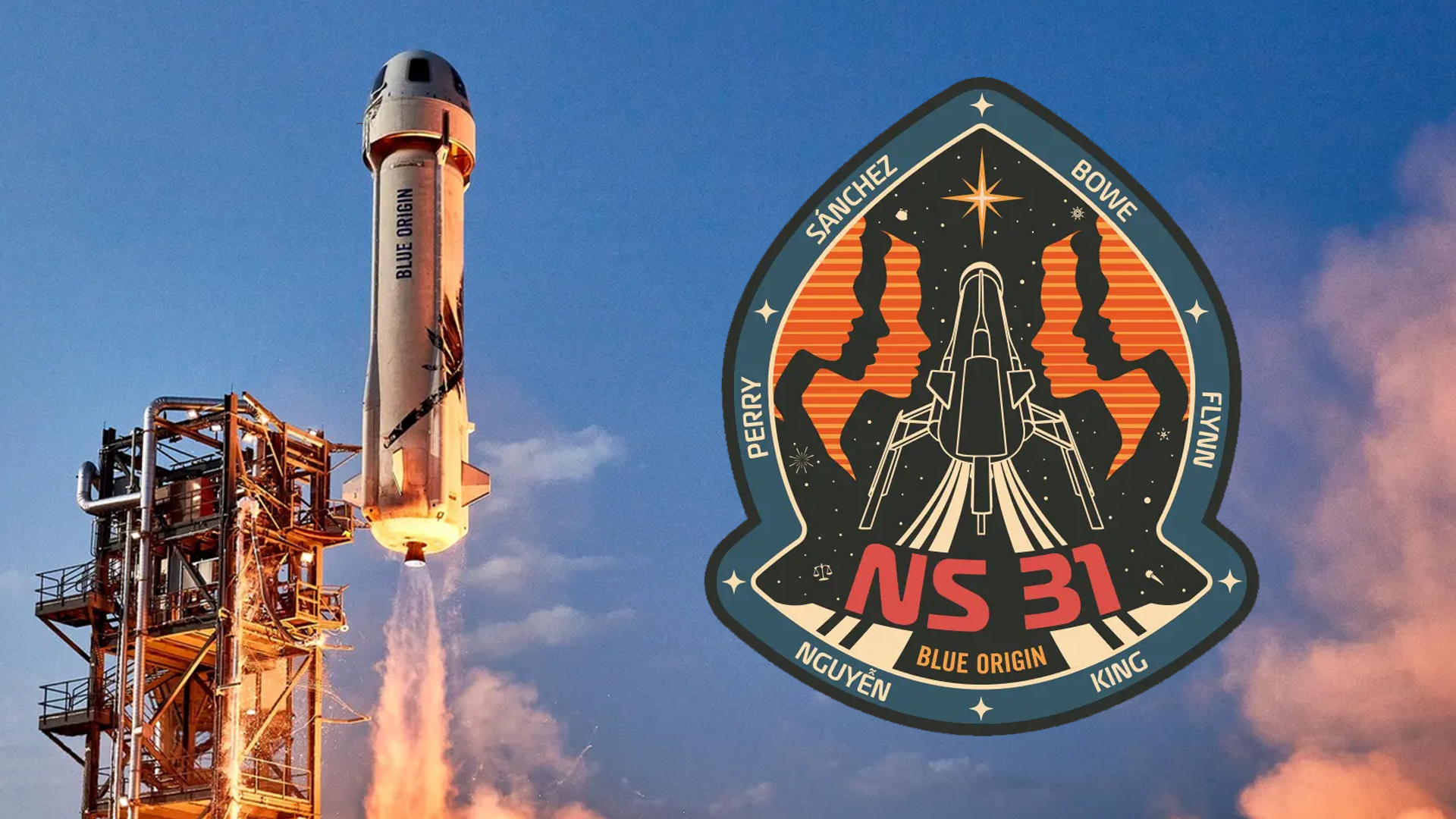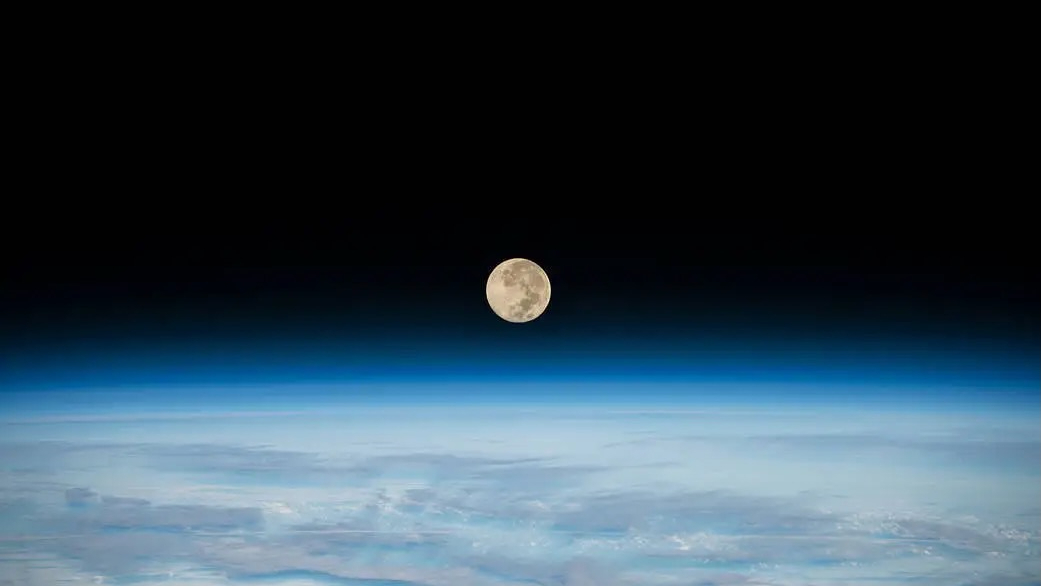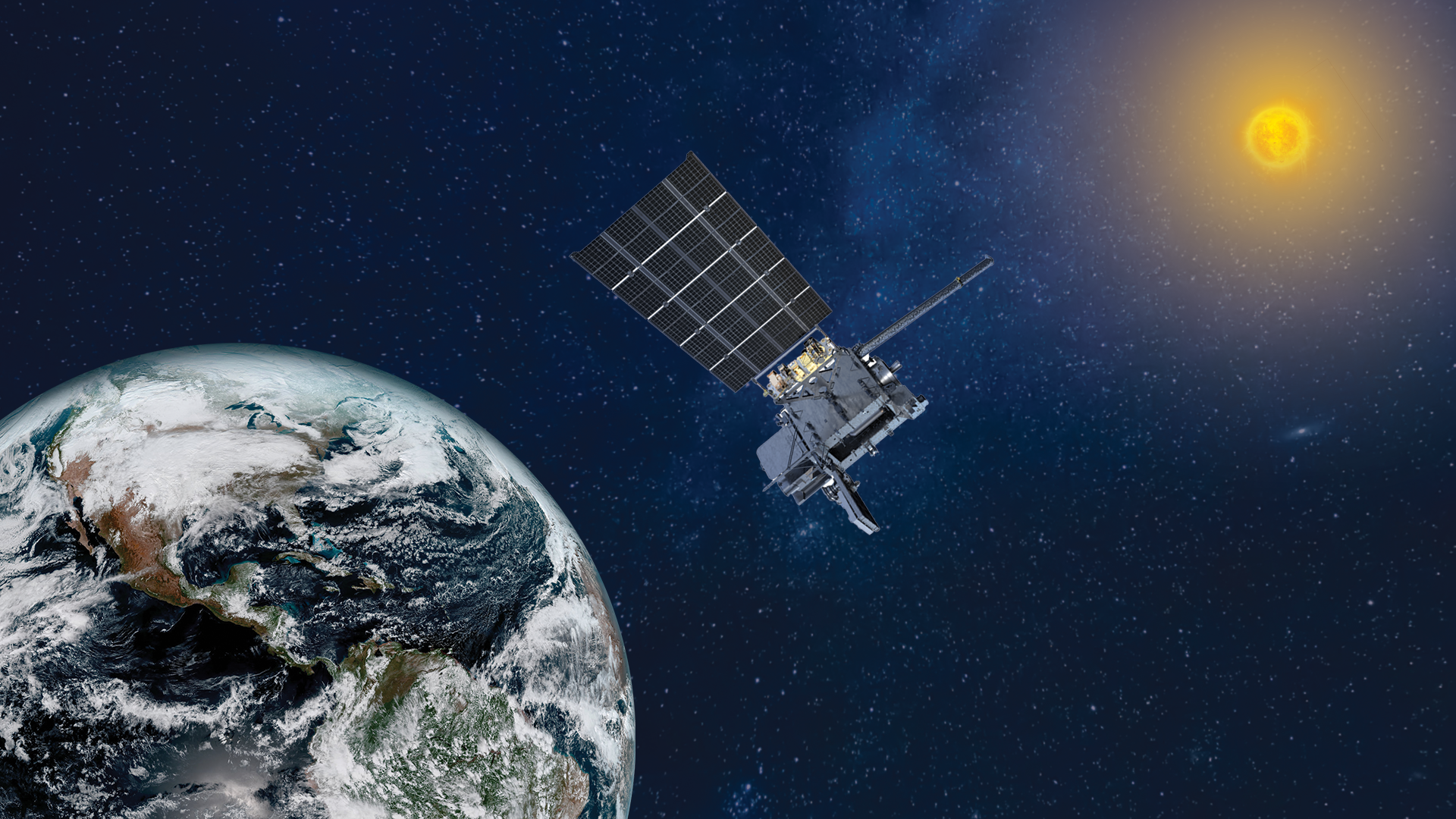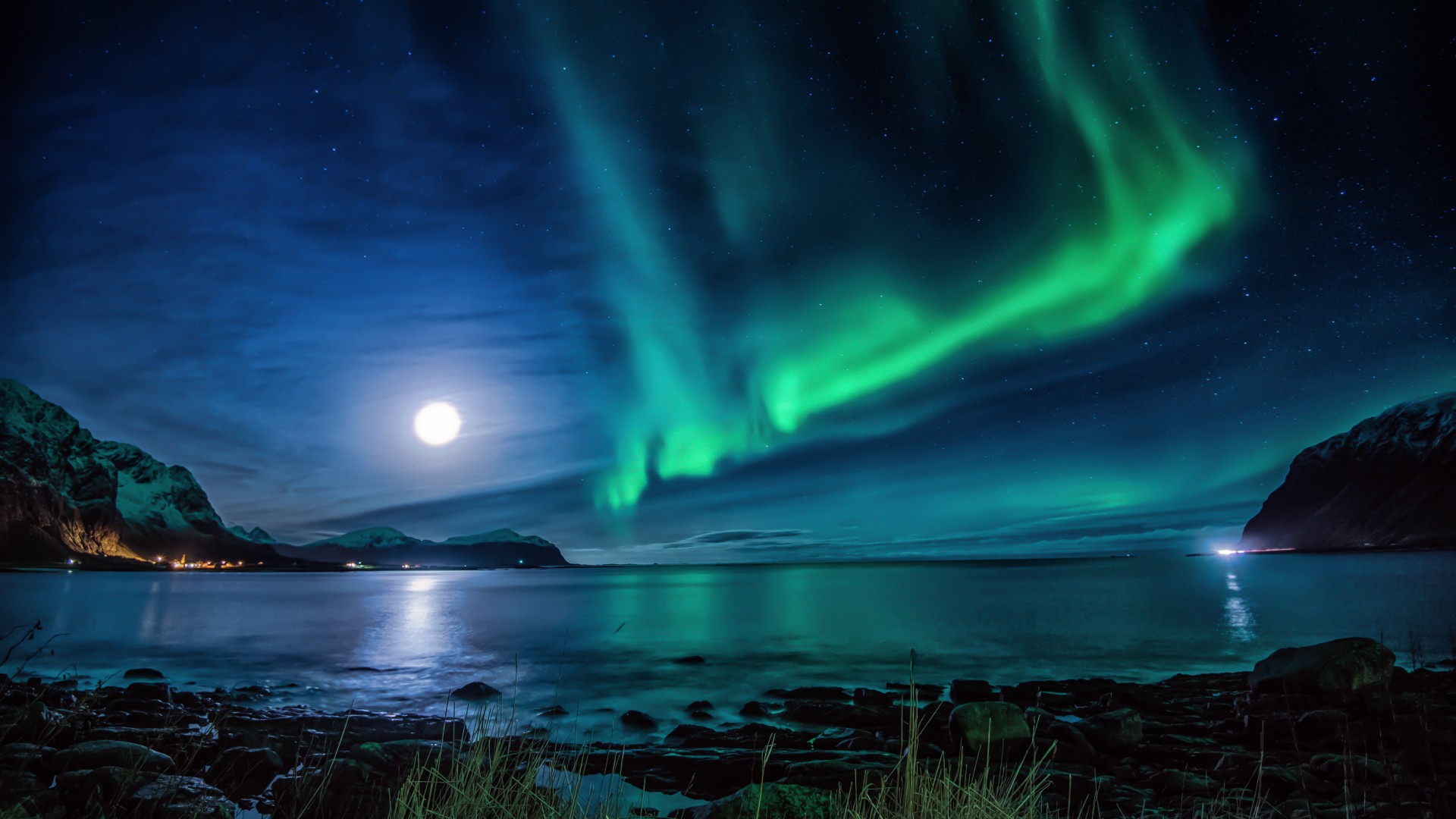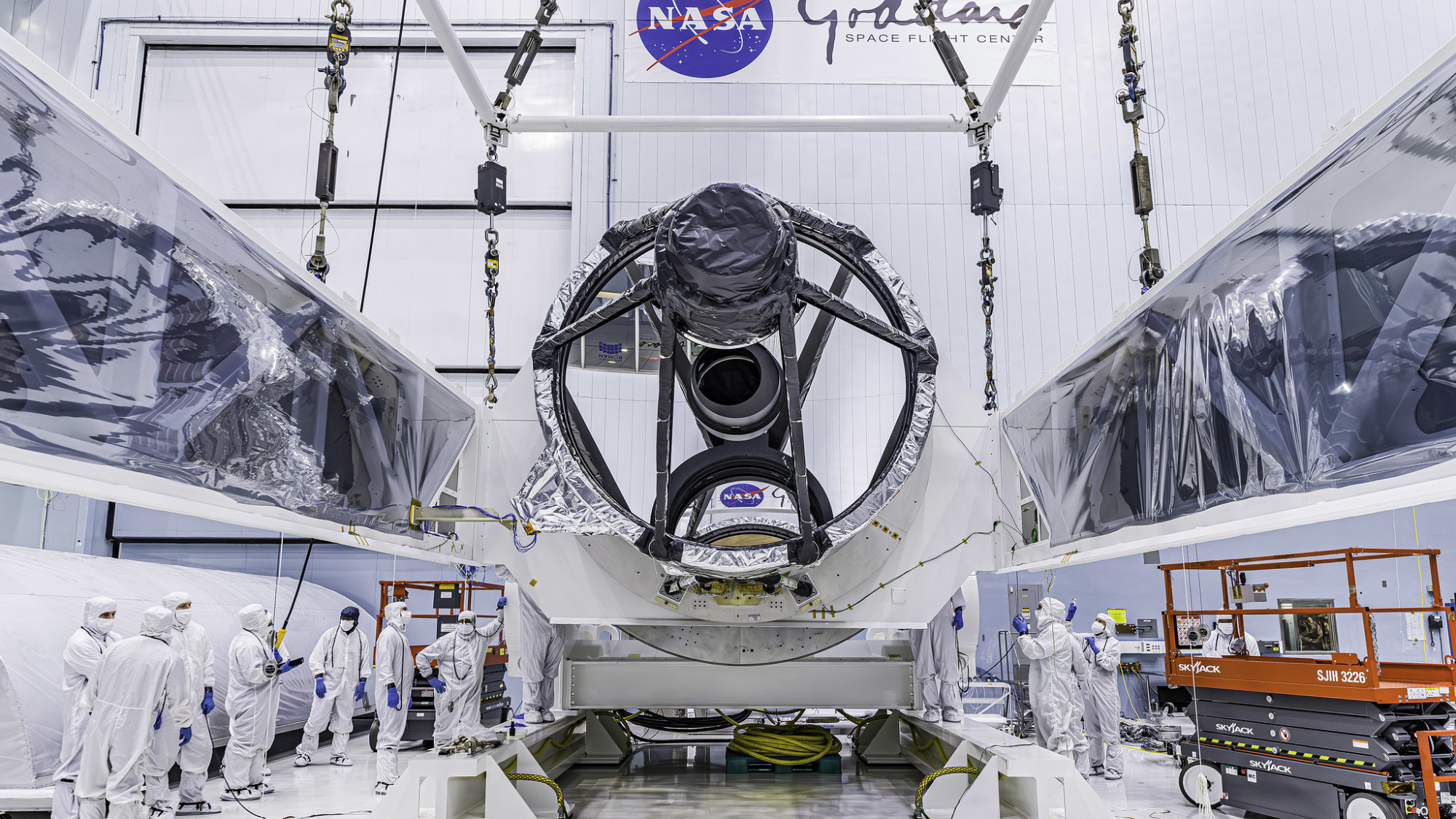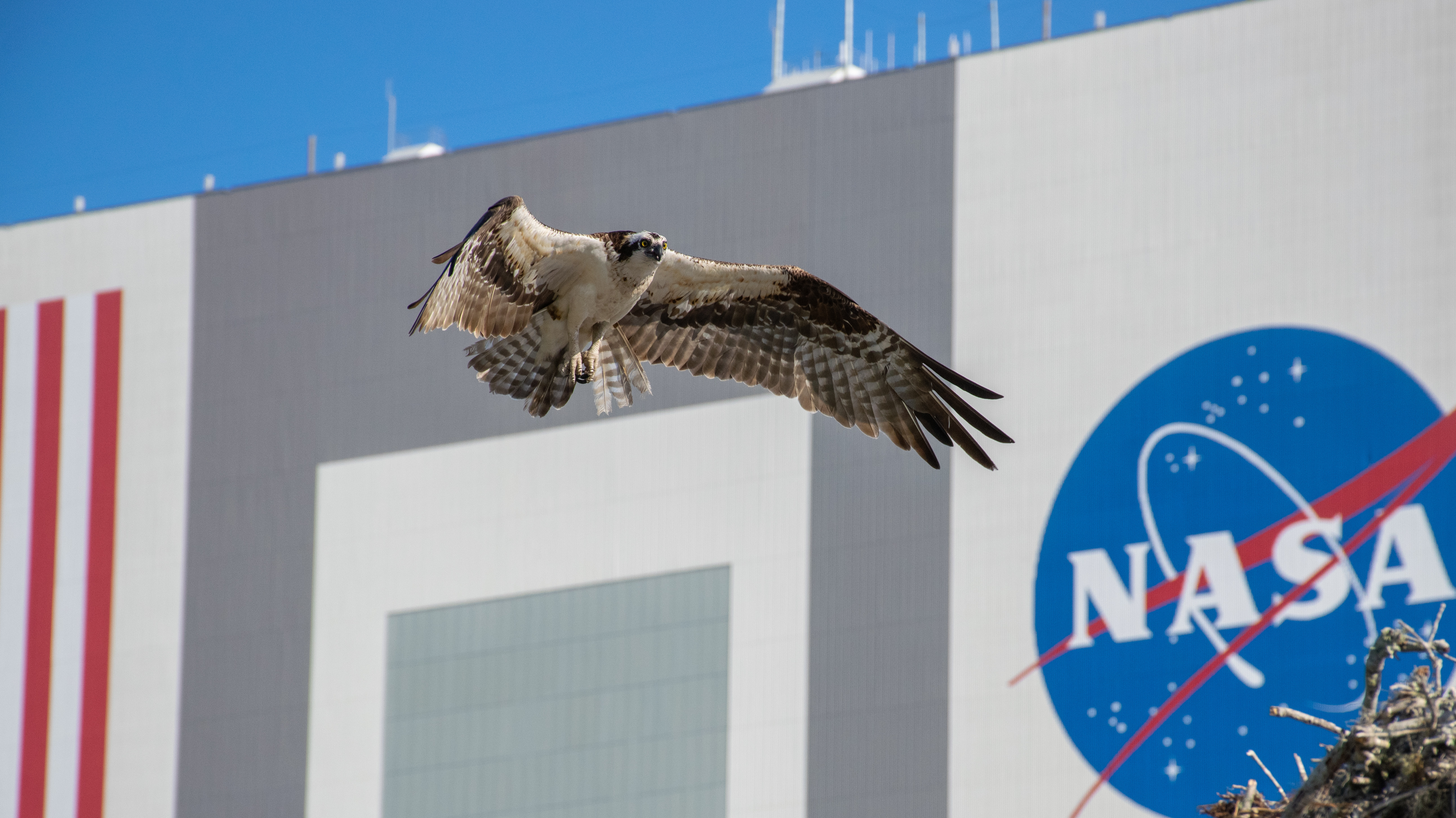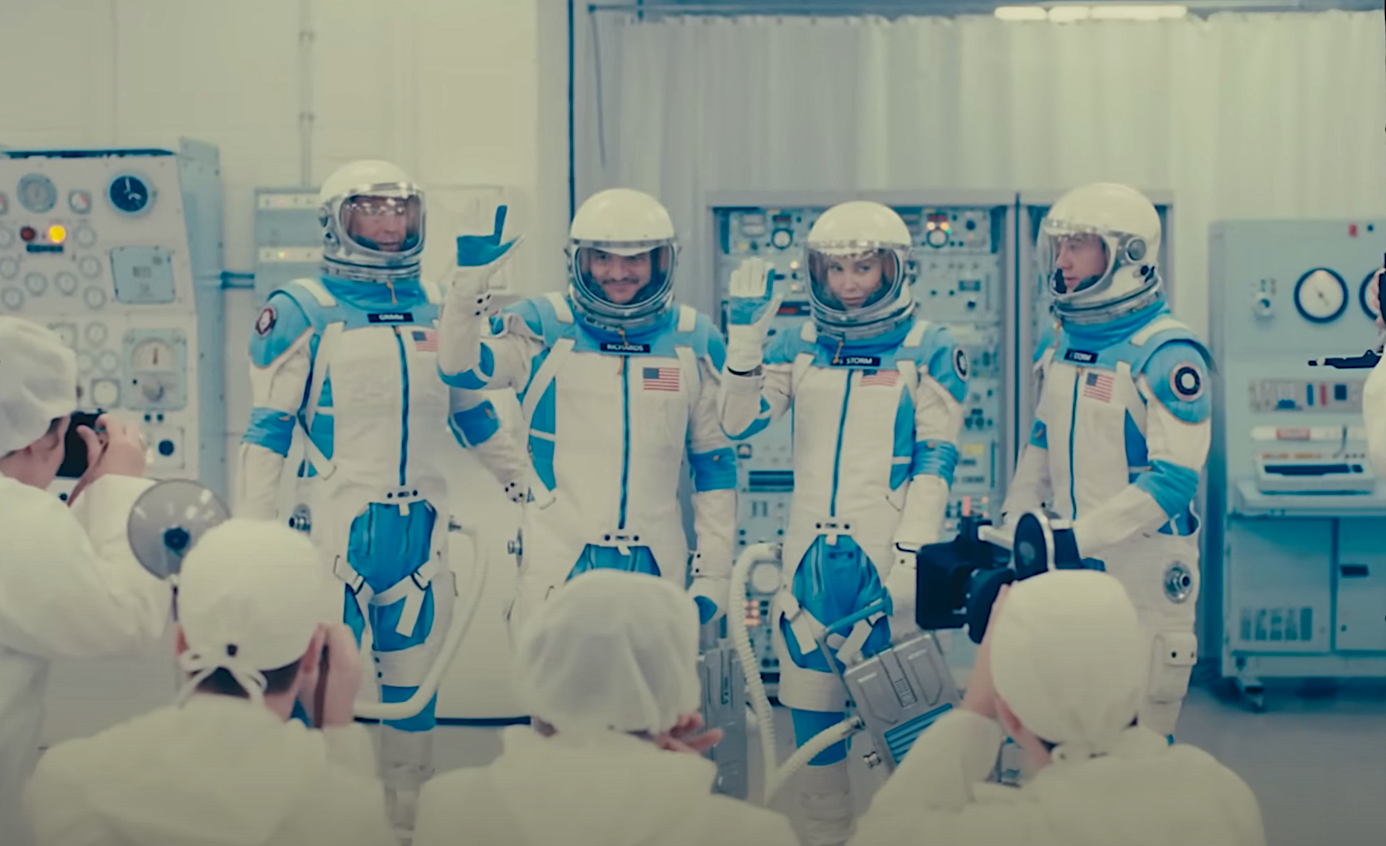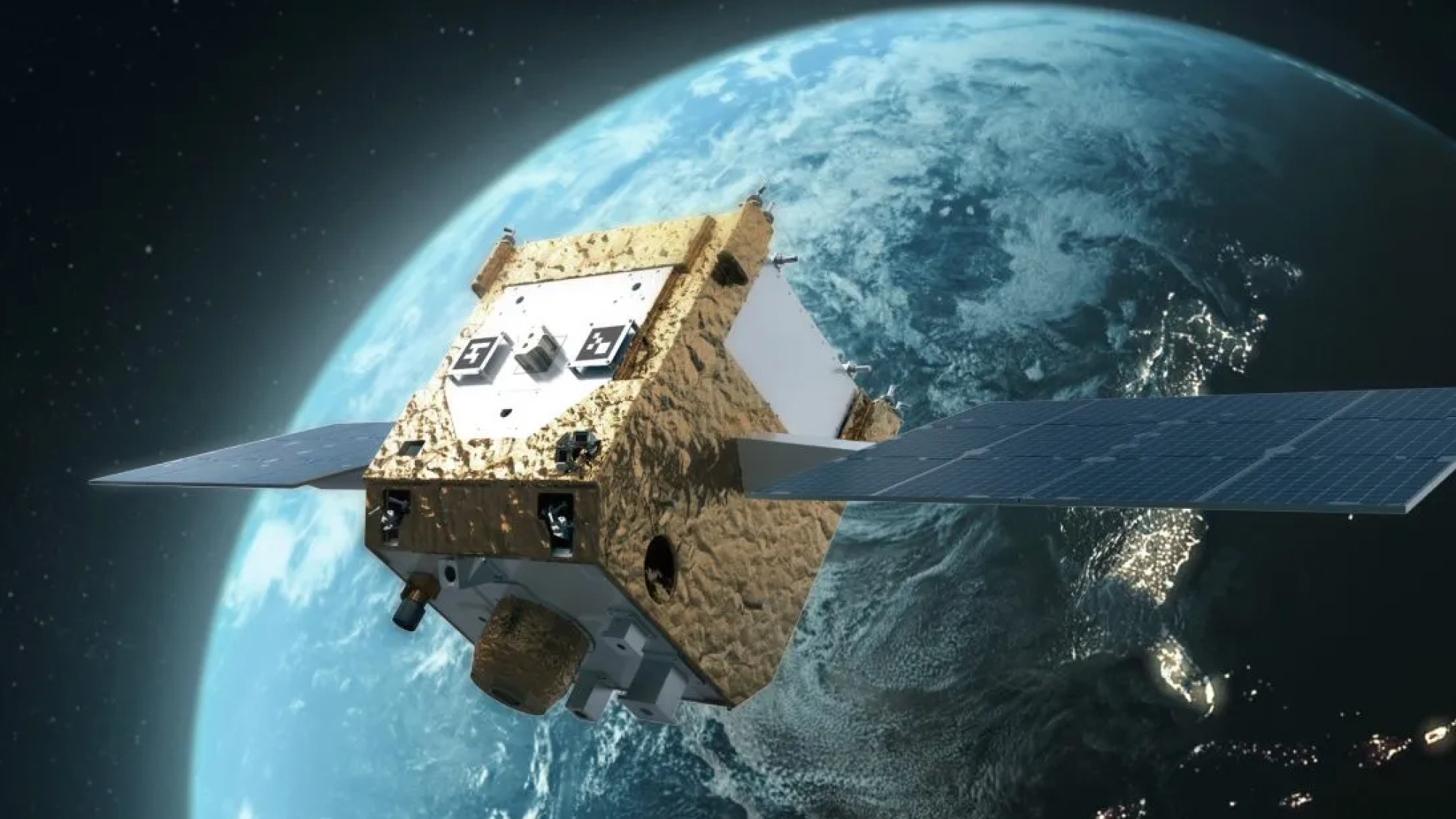Hubble Telescope snaps 1st images of clashing star clusters at the hearts of dwarf galaxies
"We were surprised by the streams of light that were visible near the center of the galaxies, as nothing similar has been observed in the past."
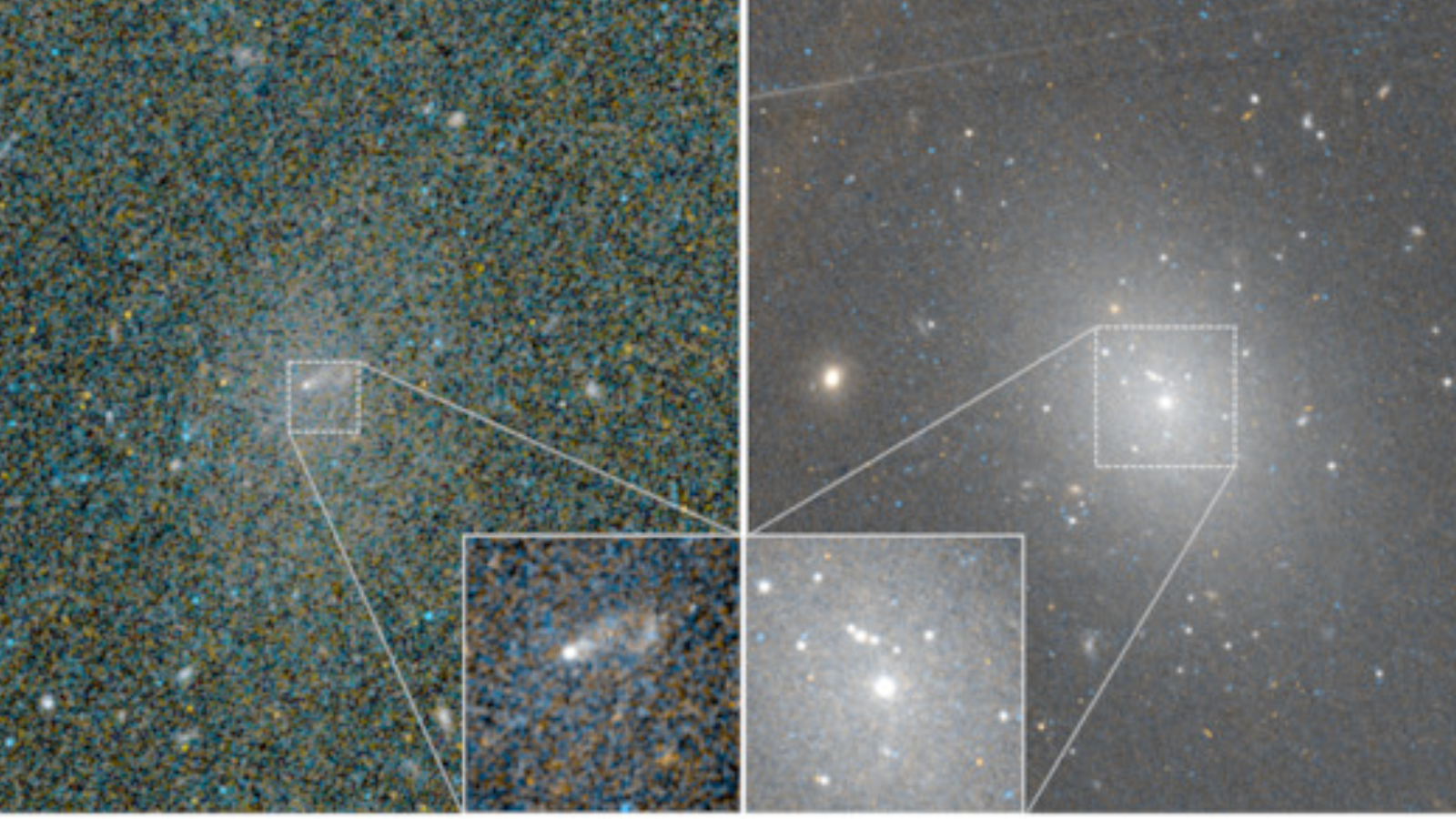
Using the Hubble Space Telescope, astronomers have made the first direct observation of star clusters colliding and merging at the hearts of dwarf galaxies.
The discovery could help scientists settle a long-running debate concerning how the centers of these dwarf galaxies are forged. Understanding dwarf galaxy dynamics is key because they're the most abundant type of galaxy in the cosmos.
Dwarf galaxy nuclei contain hundreds of thousands to hundreds of millions of stars, making them the densest stellar clusters in the known universe — and this research seems to confirm that such nuclei are born when smaller star clusters called " globular clusters" collide and merge after migrating to the centers of the galaxies around them.
The discovery was made by the international MATLAS collaboration, which was studying around 80 dwarf galaxies with Hubble. Researchers noticed a small sample of these galaxies with unusual-looking star clusters at their centers.
"We were surprised by the streams of light that were visible near the center of the galaxies, as nothing similar has been observed in the past," team member and University of Oulu researcher Mélina Poulain said in a statement.
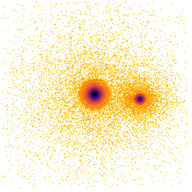
The observed clusters had similar features to other globular clusters, suggesting Hubble was witnessing star clusters growing through the cannibalization of globular clusters at the cores of dwarf galaxies.
Team member Rory Smith of the Universidad Técnica Federico Santa María created simulations of the merging process.
Get the Space.com Newsletter
Breaking space news, the latest updates on rocket launches, skywatching events and more!
This confirmed the light streams seen by Hubble were created during mergers between two star clusters of significantly different masses. The simulations showed that this merger process lasted under 100 million years, with the created characteristics disappearing in an even shorter time. That explains why such mergers have been difficult to spot in the past.
The team's findings were published on Wednesday (March 9) in the journal Nature.
Join our Space Forums to keep talking space on the latest missions, night sky and more! And if you have a news tip, correction or comment, let us know at: community@space.com.

Robert Lea is a science journalist in the U.K. whose articles have been published in Physics World, New Scientist, Astronomy Magazine, All About Space, Newsweek and ZME Science. He also writes about science communication for Elsevier and the European Journal of Physics. Rob holds a bachelor of science degree in physics and astronomy from the U.K.’s Open University. Follow him on Twitter @sciencef1rst.
You must confirm your public display name before commenting
Please logout and then login again, you will then be prompted to enter your display name.
